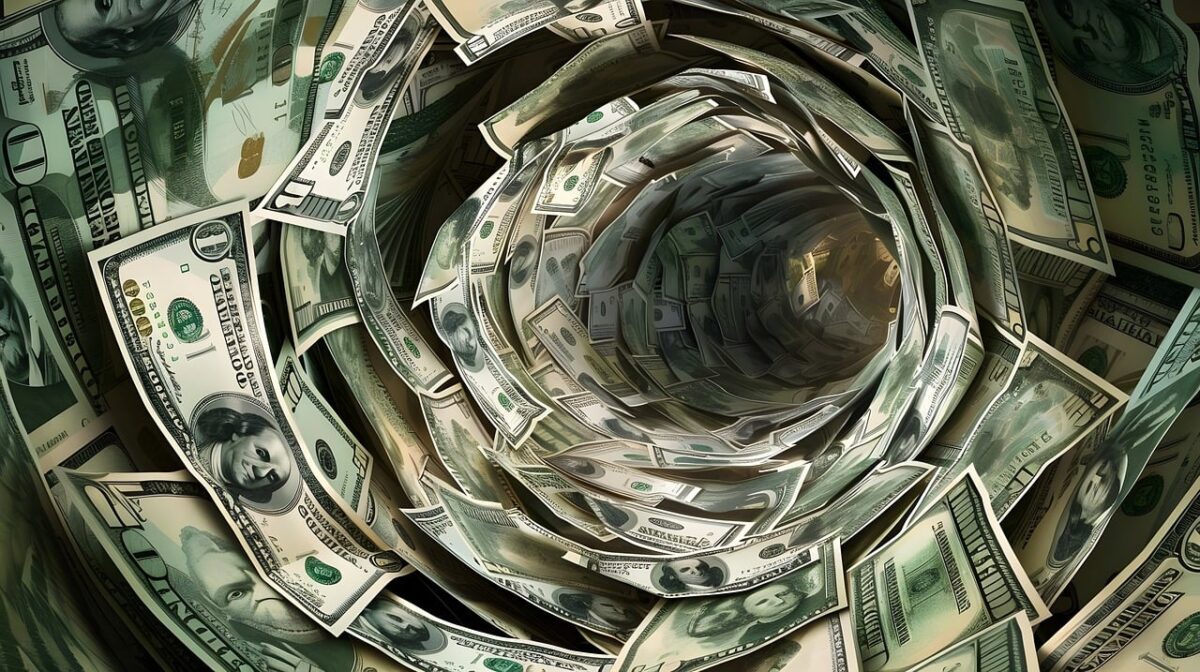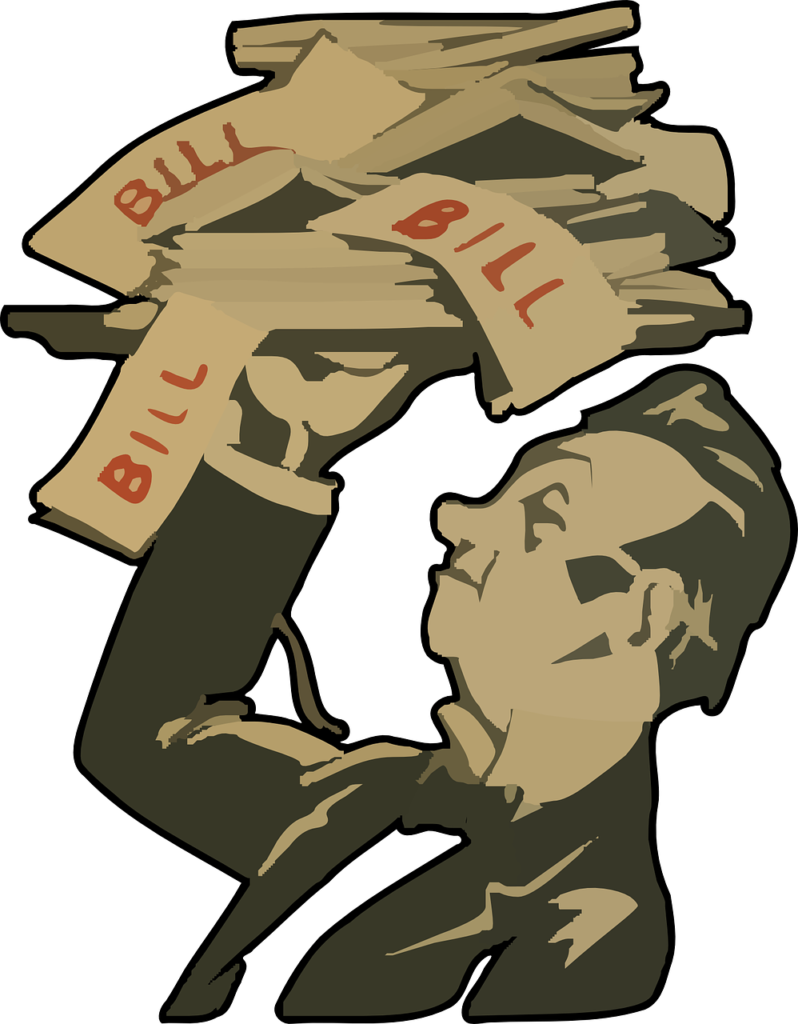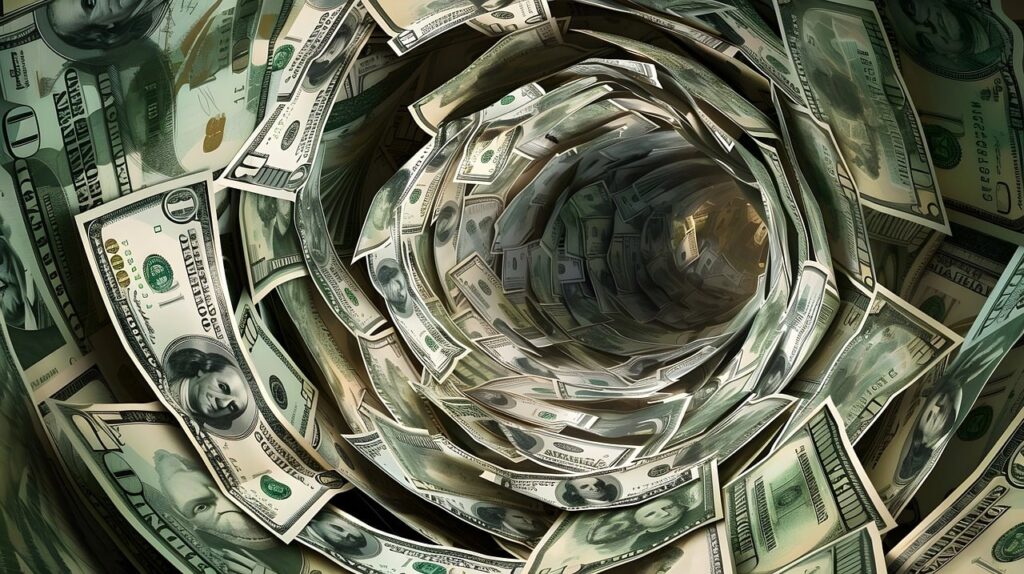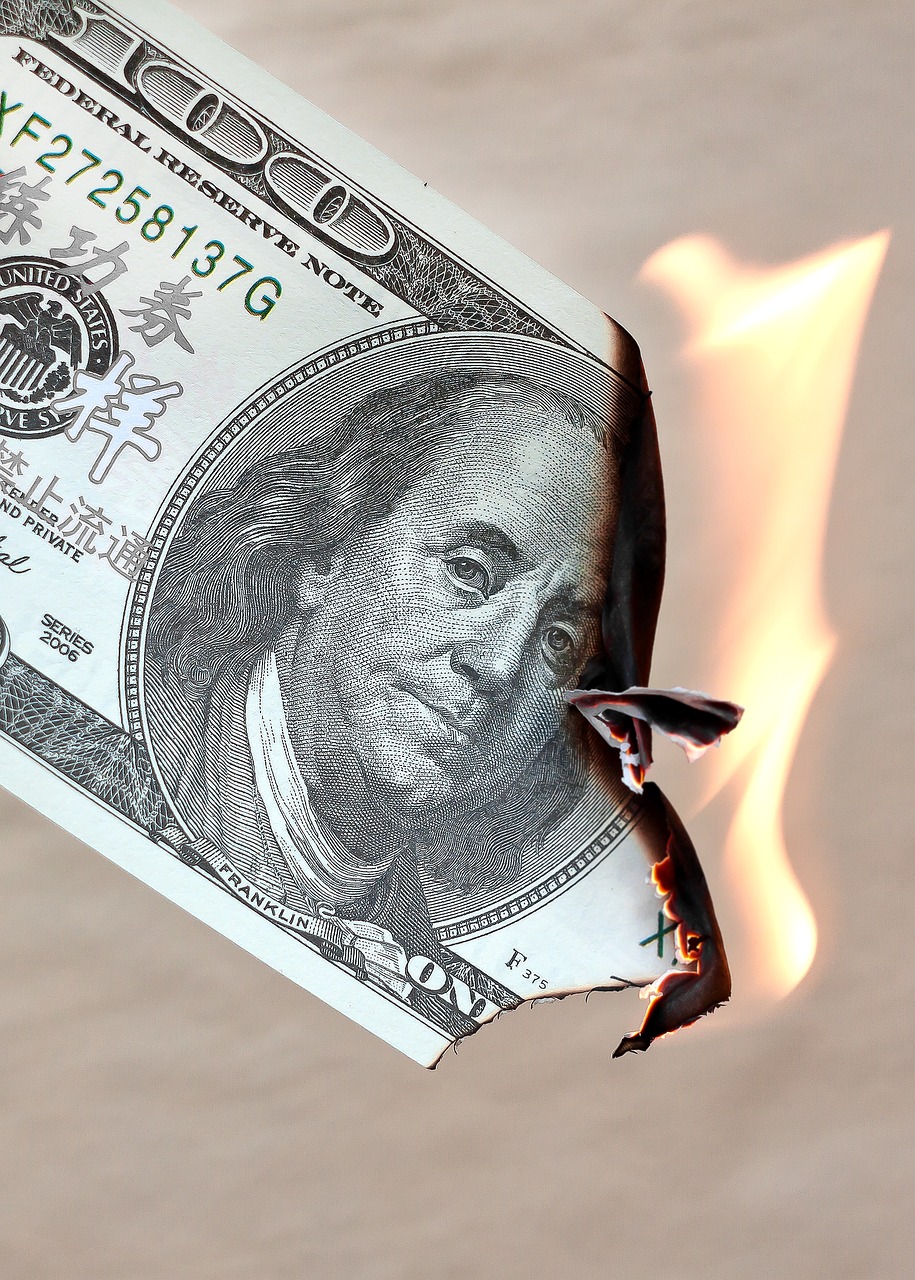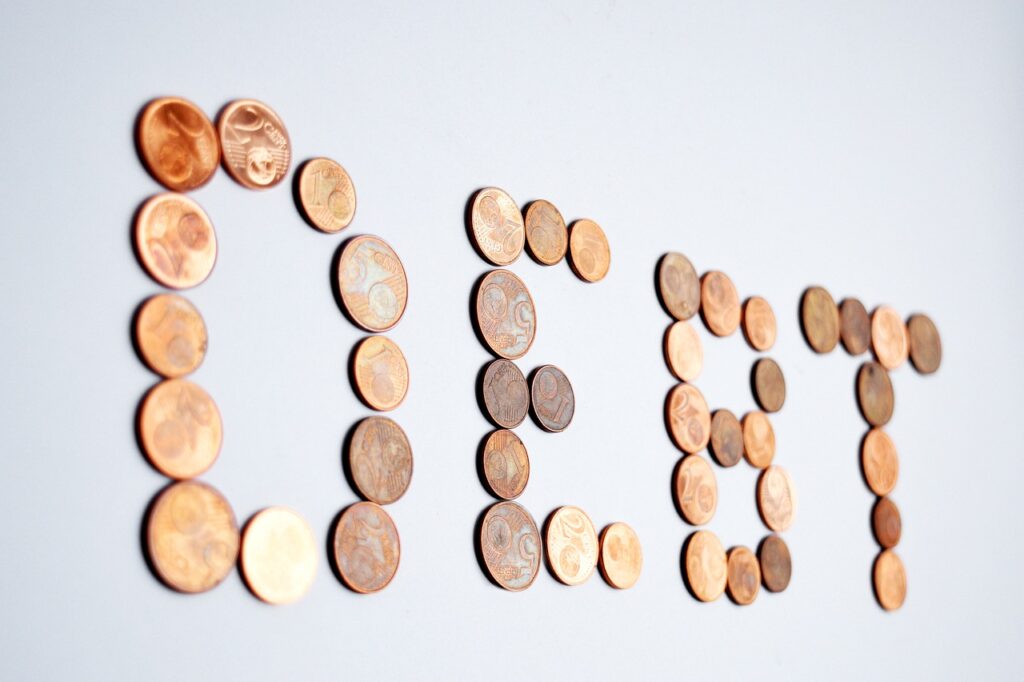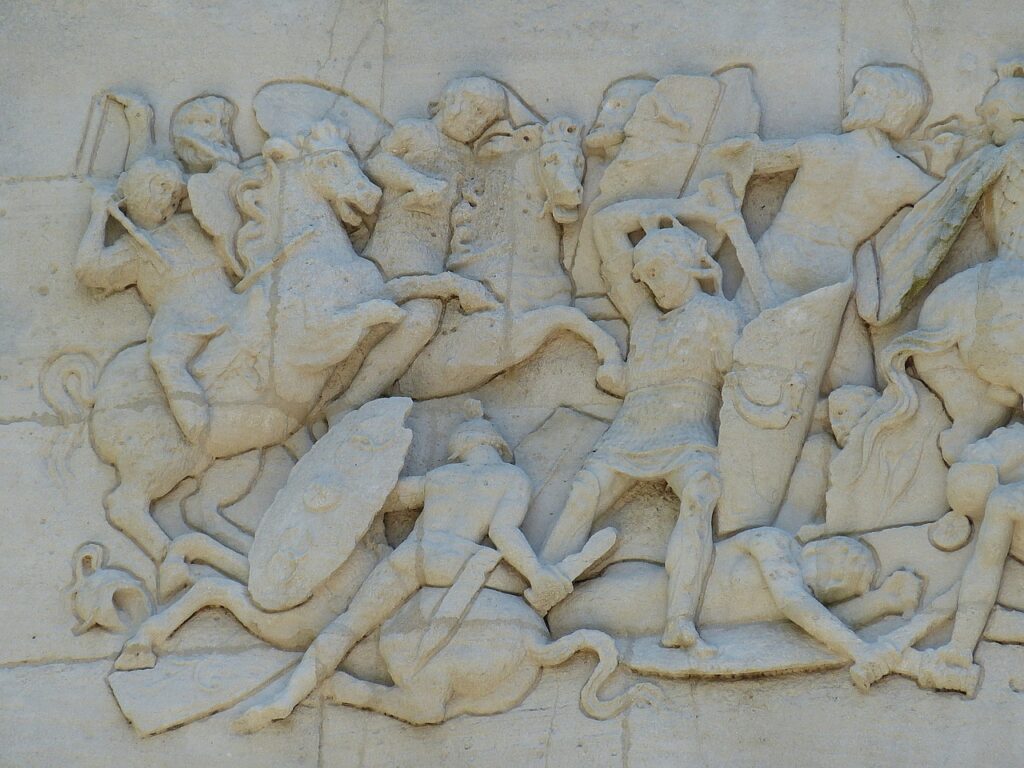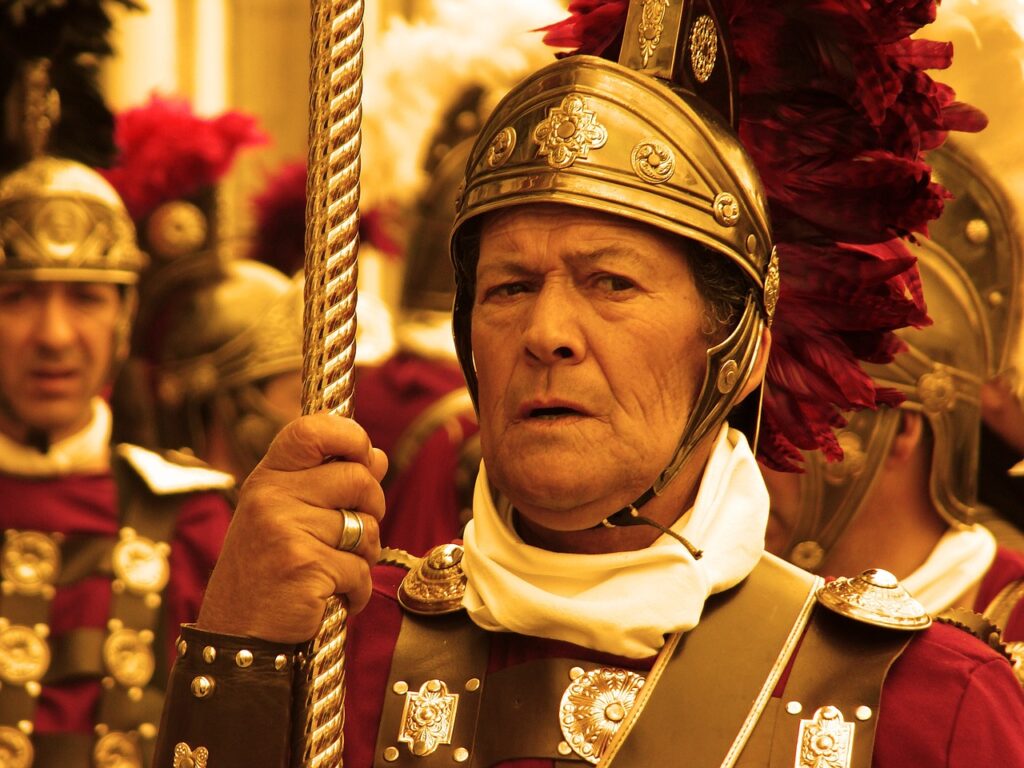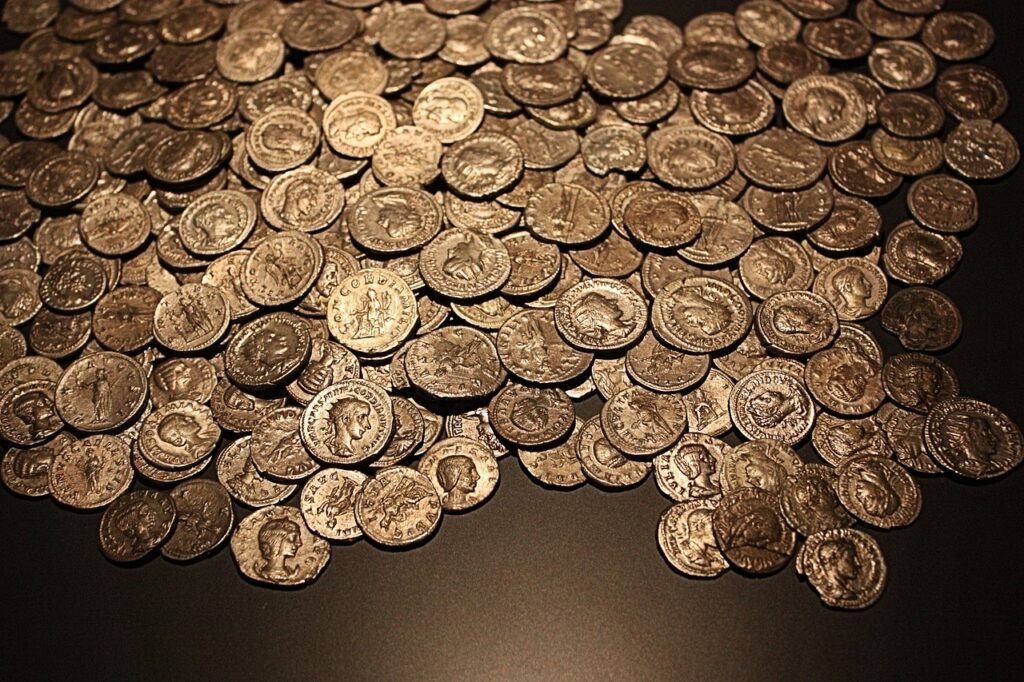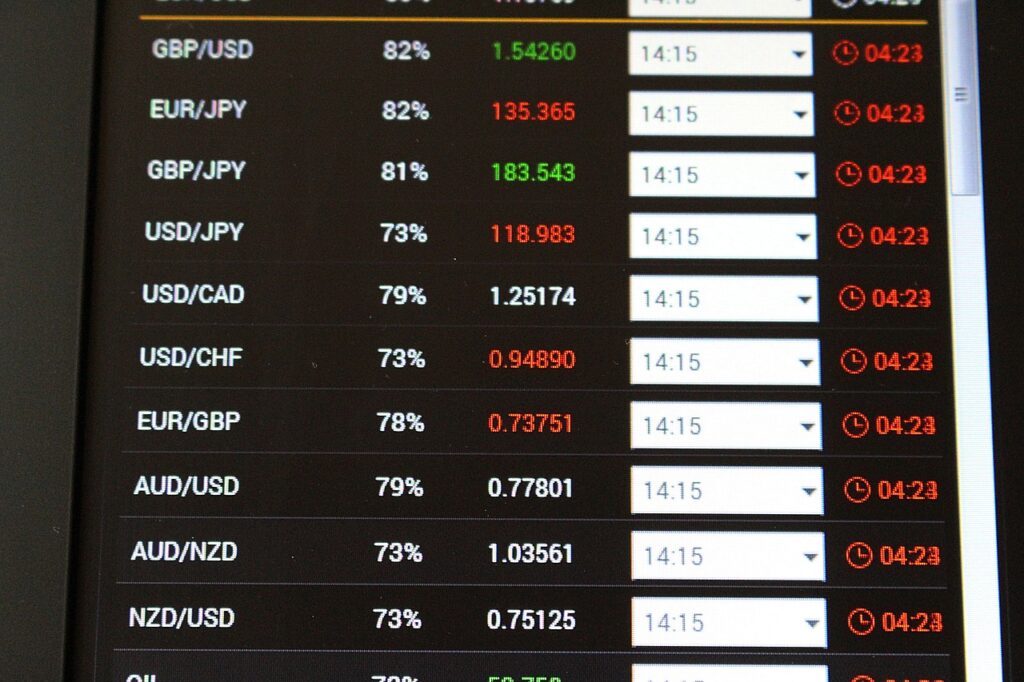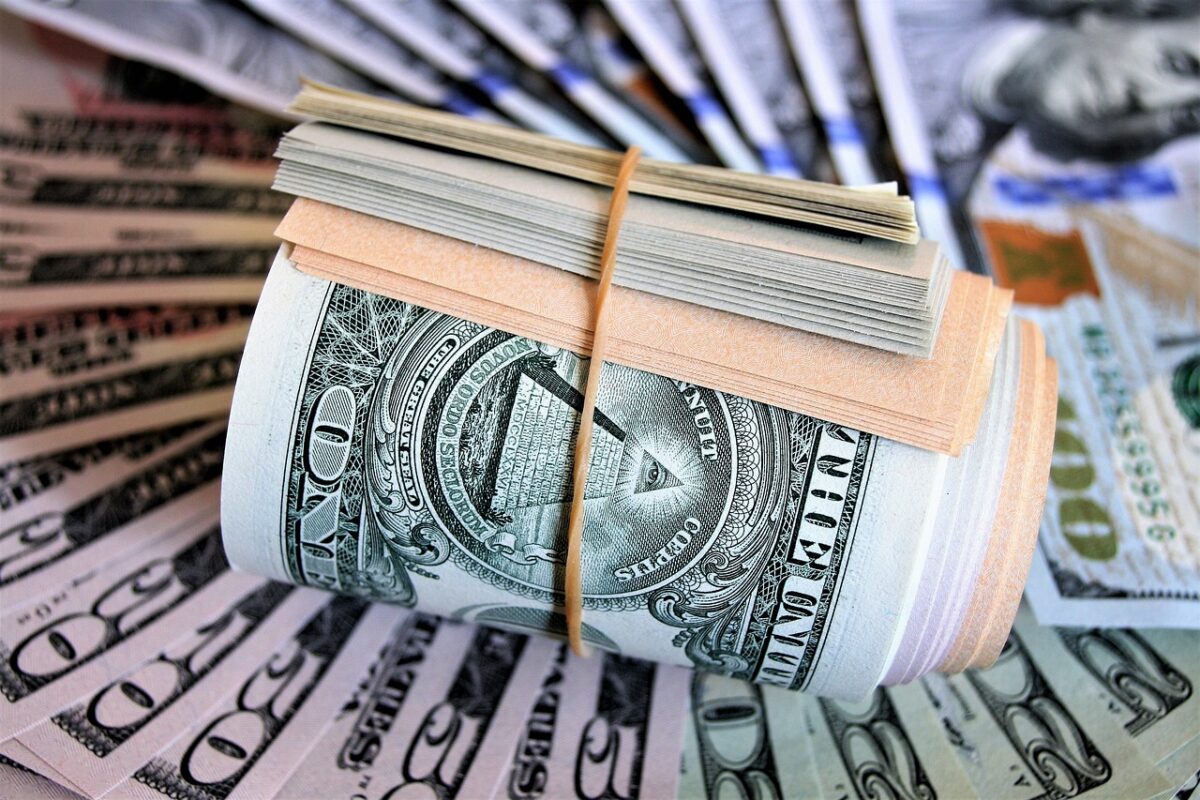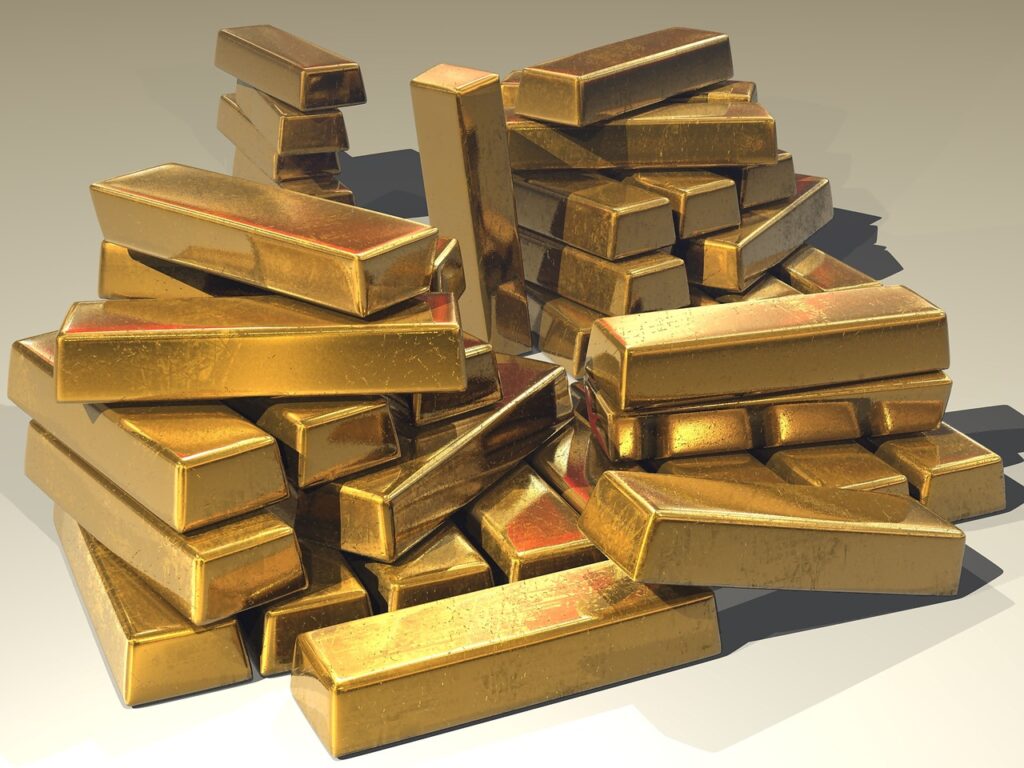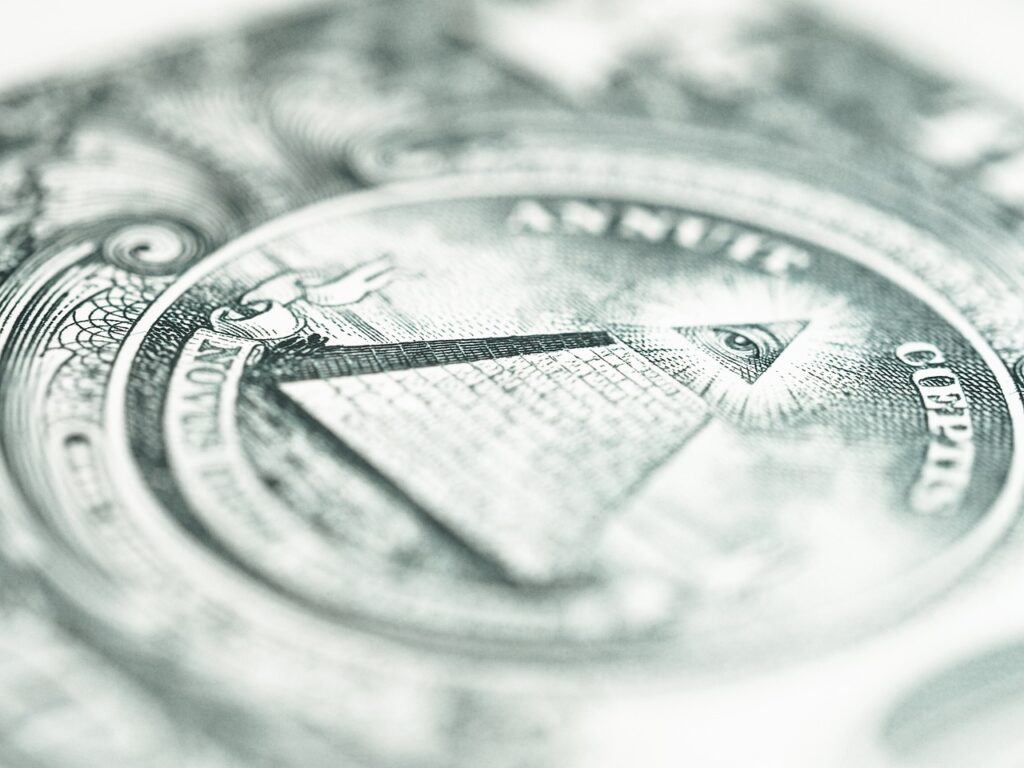Introduction: 2008 Crisis
The subprime mortgage housing market was the reason for the 2008 Financial Crisis.
During this time, millions of hardworking, tax-paying Americans bore witness to horror as their retirements, investment portfolios, and 401(k) plans plummeted in value.
What to Look Forward to: The 2008 Financial Crisis
We are going to examine the 2008 financial crisis because its outcomes had a profound impact on many countries worldwide.
As I discussed in my article titled “Our Financial History,” our financial systems are deeply interconnected.
I will also be discussing why the United States elites decided to use central bank interventions to bail out major banks from facing bankruptcy by injecting
liquidity into the market—and why the masses were against the actions taken by the government to bail out Wall Street.
We will also cover the viewpoints of the main individuals who were involved in bailing out the banks
and why they believed it was the right thing to do. Lastly, we will cover the few people who managed to make millions, if not billions, during this crisis.
Central Bank Intervention: 2008 Crisis
The question that most people ask is, ‘Can the central bank go bankrupt?’ And the simple answer to that is NO!
Central banks, unlike commercial or investment banks, cannot go bankrupt. Walk with me for a second.
In my previous article titled ‘Banking Through the Ages… Pt 1,’
I mentioned that back in the 17th century (Europe), goldsmiths used to act as banks.
Whenever citizens felt like their goldsmith was not honouring their agreement or their corporation was dealing with insolvency,
it would cause other clients from different goldsmith’s corporations (that were not dealing with
insolvency) to panic and believe their goldsmith’s corporation might be next to fall, eventually triggering a bank run.
The invention of central banks was to prevent such activities from happening.
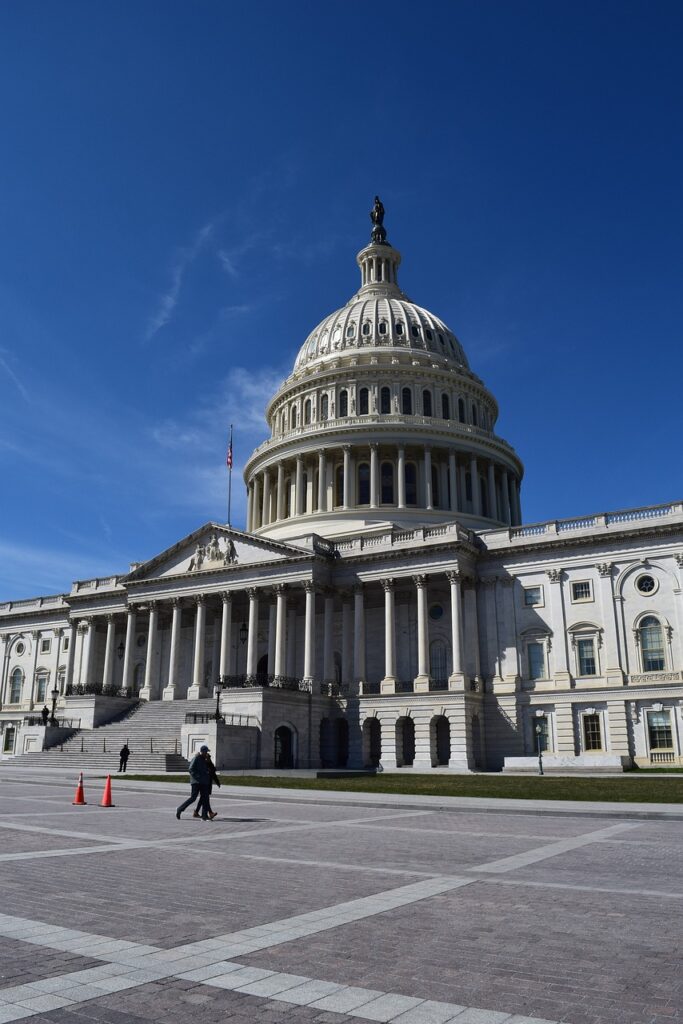
A central bank is a private institution responsible for stabilizing its financial system by issuing currency and managing a country’s monetary policy.”
Why Central Banks are not Government Institutions?
The reason central banks are not government institutions is simply because if politicians had the authority to print money as they pleased,
they would always print money to fulfill their campaign promises, ensuring they stay in power for a longer term and gain admiration from the public.
What this would do is cause an increase in the money supply in a country, which will affect the citizens’ purchasing power and the growth of a nation.
Central Bank Intervention in the 2008 Financial Crisis
Keep in mind that it took the United States government roughly 200 years to reach a trillion dollars in circulation within its economy.
In 2008, the U.S. government initiated the Troubled Asset Relief Program (TARP), authorizing $700 billion to stabilize the financial system during the crisis that year—crazy, right?
The government and the Federal Reserve took these measures to prevent a financial system collapse,
which could have led to a depression similar to the one that began in 1929 and lasted until the early 1940s.
This form of central bank intervention is known as Quantitative Easing (QE), where the Fed buys longer-term
securities to increase the money supply and encourage lending and investment.
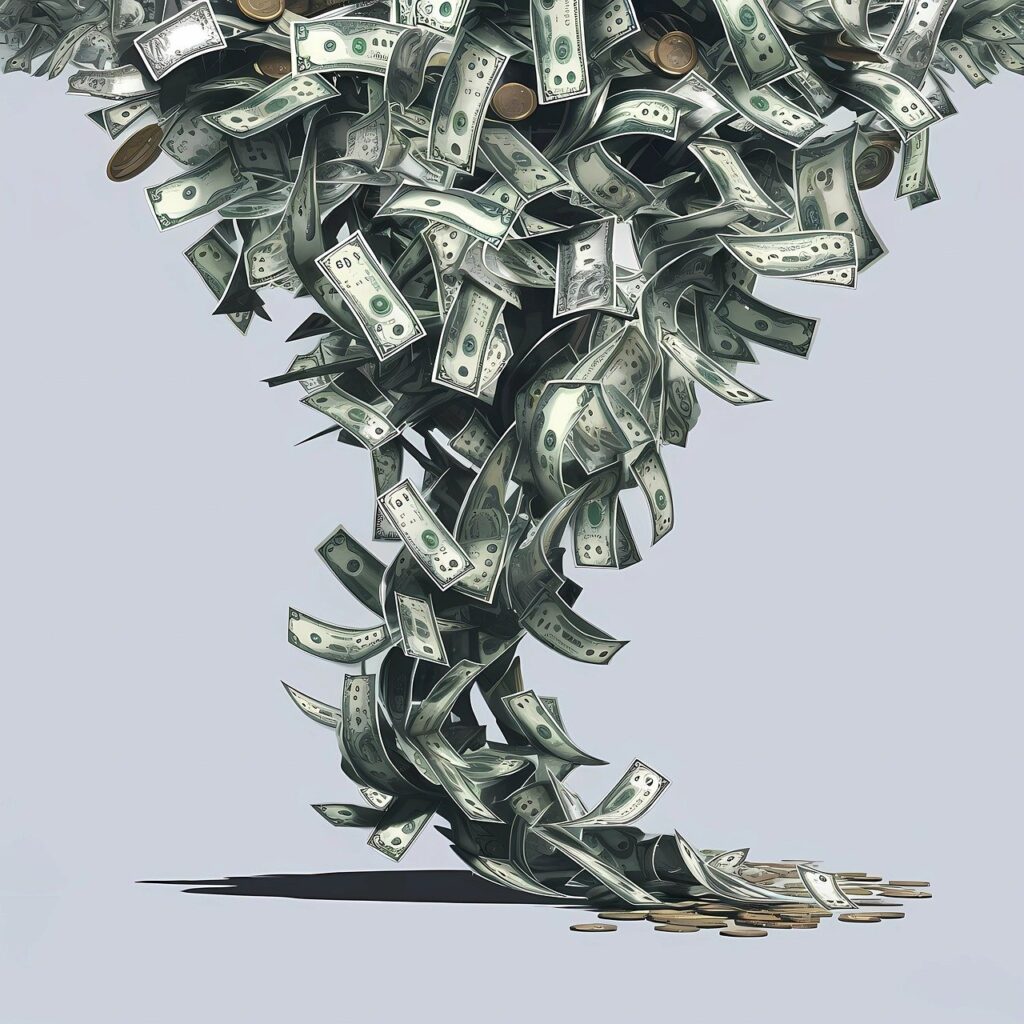
How the Citizens Reacted to QE?
Quantitative easing (QE) was very unpopular in the eyes of some American citizens.
Many were angry at the government for bailing out the “too big to fail” institutions.
They argued that the government should have let these institutions collapse and file for bankruptcy
instead of buying $700 billion worth of troubled mortgage-backed securities with tax payer money to save the big banks.
These institutions, such as Lehman Brothers, JPMorgan, Bear Stearns, Citigroup, Merrill Lynch, Goldman Sachs, Morgan Stanley, Bank of America, Wells Fargo, and AIG,
were responsible for taking on a lot of risky speculations with their depositors’ money because they legally owned it.
This reckless behaviour led some of them to file for bankruptcy. This was one among many other reasons that led to the fall of President George W. Bush.
The Elites Involved in Injecting Liquidity to Stabilize the 2008 Financial Crisis
The three important individuals who played a significant role in stabilizing the markets were Hank Paulson (U.S. Treasury Secretary, 2006-2009),
Timothy Geithner (President of the NY Federal Reserve, 2003-2009), and Ben Bernanke (Chairman of the U.S. Federal Reserve, 2006-2014).
They worked alongside former U.S. President Bush by offering him guidance and support in navigating this crisis.
Former U.S. Treasury Secretary Paulson argued in one of his interviews that what they did was not for Wall Street but for the American people.
He continued by stating that he and the government should have done a better job explaining to people that the financial system is so interconnected
that if you want to stop the bleeding, you go for the source, and the source he was referring to is Wall Street.
Wall Street is a street located in New York City. The term ‘Wall Street’ is often used to refer to the institutions located in the lower district of Manhattan,

where hedge funds, investment banks, and stock exchanges are situated. It’s important
to keep in mind that these institutions play a very important role in ensuring stability in global finance.
What Caused the 2008 Financial Crisis
2008, for me, was just another year full of fun, playing with my peers every day at school, and spending a lot of quality time with my family.
Little did I know that the financial system was on the brink of collapsing. Even though the aftermath of it affected my nation’s economy too (South Africa),
I was too young to understand any of it.
I also understand that for some of us, this could be the first time hearing about this, which is absolutely fine.
My goal is simple: to take this complex subject and simplify it as much as I can so that everybody can be on the same page.
Community Reinvestment Act of 1977
Let’s take a trip back to America in 1995. During this time, the U.S. government saw the need to fight discrimination against lower-income home buyers.
Their goal was basically to give low-income community members an opportunity to credit and banking services which were not available to them before with this law was passed.
The government saw fit to implement these reforms (CRA) of 1977 during 1995. Therefore, the banks could now offer reduced payment over a duration of time from their clients.
The Glass-Steagall Act of 1933
On November 12, 1999, the Gramm-Leach-Bliley Act (GLBA) was passed by President Bill Clinton.

This act was implemented to repeal key provisions of the Glass-Steagall Act of 1933. What is the Glass-Steagall Act, you might ask?
Well, it is also called the Banking Act of 1933. The Banking Act of 1933 was a law passed as a means to fight and prevent the actions that led to the Great Depression.
This piece of legislation separated commercial banking from investment banking.
The Glass-Steagall Act of 1933 restricted commercial banks (banks that issue loans and take deposits) from participating in the securities market and from dealing with stocks and bonds.
The reason it was passed was simply in response to the financial crisis that led to the Great Depression.
Fast forward to 1999, the GLBA legislation passed by President Bill Clinton allowed commercial banks, insurance institutions,
and investment banks to yet again offer a bundle of financial services that had been prohibited under Glass-Steagall after 66 years.
What happened next was that some banks who used to manage their portfolios responsibly all turned to riskier investments and speculation competing against each other,
all in the efforts of generating the most return on investments and also adapting to changes within the housing market.
In other words, banks were more concerned about making Wall Street profits than about their clients who entrusted them with their savings and investments.
The Dot-Com Bubble
During 1995, people were blown away by the internet. Many individuals were investing in the booming Dot-com bubble (Internet bubble),
and numerous institutions were also putting money into any company that had a “dot-com” at the end because they were making a lot of money doing that.
In March 2000, we witnessed the burst of the market. Investors lost confidence in these dot-com companies that were publicly traded.
We saw an enormous decline in the value of many technology stocks during this time.
What followed later were the 9/11 attacks, along with many other economic challenges.
It looked like America was heading toward a recession, but just before that, the central bank stepped in to save the day.
Central banks stabilized the markets by lowering interest rates down to 1%.
The outcome was that a lot more people were able to borrow money and were not paying high interest rates on their loans.
The economy recovered quickly, and life was good again.
Subprime Loans: 2008 Financial Crisis
Subprime loans are essentially a collection of loans given to individuals with bad credit scores,
insufficient credit history, and a higher chance of defaulting (high risk).
The institutions offering these subprime loans were banks, credit unions, finance companies, and mortgage companies.
As more and more people rushed to take out loans over time, these institutions began to decrease the lending requirements needed to secure loans.

Eventually, they stopped verifying whether people actually had jobs or incomes to pay off these loans.
This caused a boom in the housing market, and many people were buying houses they previously couldn’t afford.
People didn’t worry because they believed that if they couldn’t afford their mortgage payments anymore,
they could simply sell the property, as home prices were skyrocketing.
Collateralized Debt Obligations (CDOs)
As time went on, Wall Street saw an opportunity that they could capitalize on.
Since subprime mortgage lenders were taking all the risk of lending to subprime clients, they needed to find a way to mitigate their risk.
There was also demand for high-yielding investments (that were safe) at that time from institutional investors.
What followed was the creation of mortgage-backed securities.
Mortgage-backed securities were a pool of subprime loans mixed with prime loans (individuals who had good credit history).
This bubble of mortgages was issued out as shares to investors.
The goal of these shares was to provide a fixed safe income for the investors who purchased them.
That is when Wall Street decided to use a financial tool that was created in the late 80s (CDOs).
A CDO is a bundle of cash-flow-generating assets like commercial mortgages, car loans, student loans, etc., bundled together and sold to investors.
Banks would make over 10 billion dollars monthly selling these shares to investors at a higher interest.
Think of these grouped cash-flow-generating assets as a box (CDO); every box sold has different levels of risk.
Jonathan Jarvis once explained on ColdFusion TV that a CDO operates like three cascading trays.

As money flows in, it fills the top tray first, then spills over into the middle tray, and whatever remains fills the bottom tray.
This money originates from homeowners paying off their mortgages. If some homeowners default on their mortgages, less money flows in,
leaving the bottom tray potentially unfilled, which makes it riskier.
Conversely, the top tray is safer. To balance this risk, the bottom tray offers a higher rate of return, while the top tray provides a lower but still attractive return.
This structure was designed to appeal to a range of investors, from those willing to take high risks to those preferring lower risks.
While CDOs seemed promising in theory, the issue was that subprime loans were mixed with prime loans, increasing the overall risk.
Subprime borrowers were more likely to default, making the CDOs riskier investments.
End of Part 1: 2008 Financial Crisis
In part 1 of the “2008 Financial Crisis,” we briefly mentioned central bank interventions, specifically how the central bank lowered interest rates to 1%.
We also mentioned how President Bill Clinton passed a bill in 1999 that allowed banking institutions to partake in risky investments, among other things.
In part 2 of the “2008 Financial Crisis,” I will explain how all these factors I mentioned contributed to the market crash in 2008.


